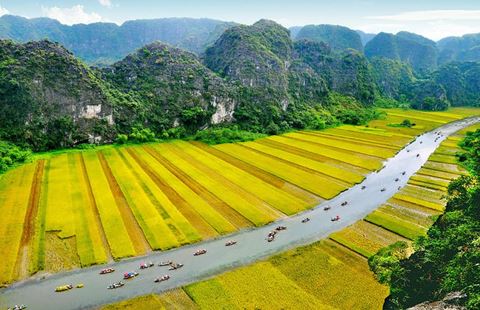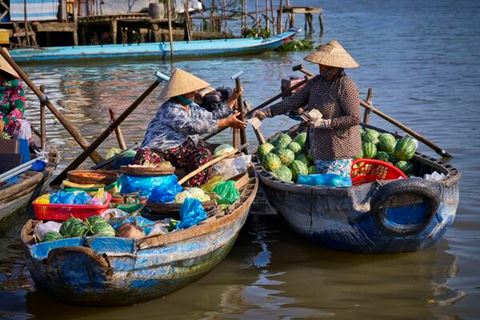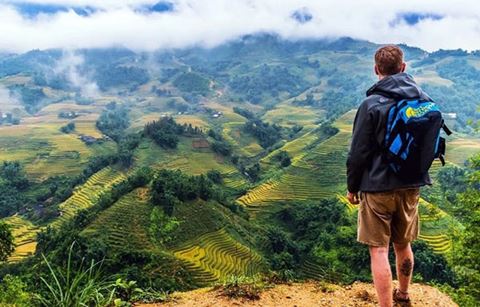- Destinations
- Travel Styles
- About Us
- Contacts
- Destinations
- Travel Styles
- About Us
What if your next destination in Vietnam was about to change its name?
In June 2025, the Vietnamese government approved a historic reform: reducing the number of provinces and major cities from 63 to just 34 administrative entities. A major transformation that’s redrawing the country’s map, and shaking up a few familiar landmarks for travelers too.
Since reunification in 1975, Vietnam has regularly adjusted its territorial organization. But this time, the government is going even further: 52 provinces and cities will merge into just 23 new entities, along with 11 that will keep their current status.
(1).jpg)
In concrete terms, the country will now have only 28 provinces, and the major centrally governed cities (like Hanoi or Ho Chi Minh City) will remain at six. The goal? Better resource management, reduced administrative redundancy, and the creation of stronger economic hubs.
Let’s look at a few examples:
Ho Chi Minh City is expanding to become a megacity of over 14 million inhabitants, by integrating the neighboring provinces of Binh Duong and Ba Ria – Vung Tau.
.jpg)
Ho Chi Minh City has become a megacity of over 14 million inhabitants
Nha Trang and Ninh Thuan, two popular beach destinations, are merging under the name of Khanh Hoa Province, with Nha Trang as the capital. A great excuse to (re)discover its seaside gems in our article: What to do in Nha Trang?
.jpg)
Coast of Ninh Thuan
.jpg)
Nha Trang
And this is just the beginning. Other iconic regions like Ha Giang, Phan Thiet, Da Lat, and Quy Nhon will also merge into new administrative entities. Some will even lose their current official names, although their cultural identity will remain intact.
The Vietnamese government is aiming for:
If you're a frequent visitor to Vietnam, some names might surprise you in your next searches:
Da Lat, nestled in the mountains, will no longer be a standalone entity. The provinces of Dak Nong, Binh Thuan, and Lam Dong have merged to form a new province, still called Lam Dong, with Da Lat as the administrative and political center.
.jpg)
The Da Lat station, built by the French in 1932, is the city’s railway station
Ha Giang, gateway to the famous Ha Giang Loop, is merging with Tuyen Quang. With this merger, Ha Giang expands and its tourism grows further to become a key sector in the local economy. The region is attracting more visitors, contributing to improved living conditions, especially in border areas, and reinforcing territorial security.
.jpg)
The Ha Giang Loop
Phan Thiet, famous for its dunes and Mui Ne beaches, becomes part of a larger province.
.jpg)
Phan Thiet
In the Mekong Delta, the provinces of Ben Tre, Tra Vinh, and Vinh Long have also been merged into a single province, now called Vinh Long.
.jpg)
Our travelers in Ben Tre
The iconic places will still exist on the ground. You’ll still be able to explore the rice terraces of Sapa or wander through the lanes of Hội An. But official maps, paper guides, and GPS systems will soon display new names.
This reform is much more than a simple name change. It’s a structural overhaul designed to strengthen Vietnam for decades to come. For travelers, it’s also a unique opportunity to experience a country in transformation, where deep-rooted traditions meet confident modernity.
🎒 So, are you ready to rediscover Vietnam in its 34-province version?



 The must-sees
The must-sees The Essentials
The Essentials Vietnam Family Tours
Vietnam Family Tours The Essentials
The Essentials